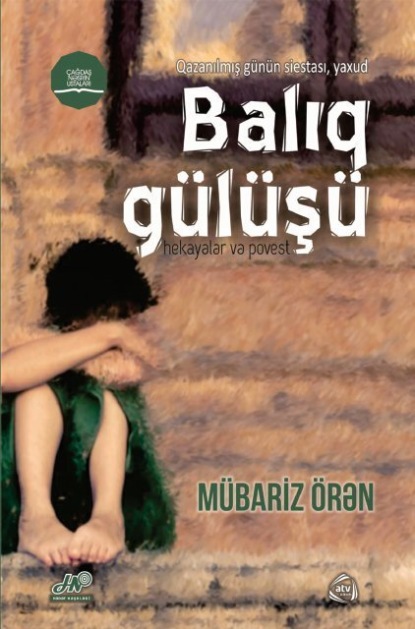Nazi Eugenics – это книга Melvyn Конрой, в которой описывается псевдонаука евгеники, которая была популярна в Германии во время нацистского правления. Эта книга дает ответы на вопросы - "Как геноцид стал возможен и какие были последствия для человечества?".
Евгеника -это псевдо - наука о том чтобы улучшить качества человеческих рас и селекции за счет выбраковки или уничтожения людей с физически или психически неприемлемыми чертами. Евгенические программы были разработаны во многих странах, включая Германию, во времена после Первой мировой войны.
Закончив большую часть книги рассказом о начальном этапе нацизма в Германии, автор демонстрирует развитие этой доктрины смерти по мере его возникновения, а затем постепенно и неуклонно перерастает в политику массового уничтожения. Он также обращается к тому, какие факты и исторические события способствовали изменению в сознании людей в отношении расы и евгеники. Автор исследует различные аспекты и контексты, связанные с этим смертоносным подходом к генетическому улучшению, и доказывает важность этих вопросов для нашей общей культуры и нашего понимания насилия. В книге есть раздел, содержащий библиографию и дополнительные ссылки, которые помогут интересующимся подробнее изучить вопросы, поднятые в этой сложной и спорной книге.
Answer to all mankind's seemingly insoluable health and social problems. At his Fascist regime in Germany.
Электронная Книга «Nazi Eugenics» написана автором Melvyn Conroy в году.
Минимальный возраст читателя: 0
Язык: Английский
ISBN: 9783838270555
Описание книги от Melvyn Conroy
Conceived as the answer to all of mankind’s seemingly insoluble health and social problems, and promoted as a substitute for orthodox religious beliefs, the pseudo-science of eugenics recruited disciples in many countries during the latter years of the nineteenth and early years of the twentieth centuries. Nowhere was this doctrine more enthusiastically endorsed than in Germany, where the application of eugenic theory received its most fervent support. A programme born of what were often contradictory opinions began, under Nazi rule, with the compulsory sterilization of thousands of Germany’s citizens before morphing into the mass murder of the most vulnerable of the state’s own population under the guise of so-called “euthanasia”, before ultimately escalating into a continent-wide policy of extermination of those who did not fit the Nazi eugenic template.
The progress of this inexorable descent into barbarity was marked by successive stages of development. From the practical application of “euthanasia” through the organisation dedicated to it—later on called Aktion T4—and the killing centres that this institution spawned, to the centrality of Aktion T4 to Aktion Reinhard and the Holocaust, important elements of the historical record can be seen to emerge.
How did it happen? What impact has it had on contemporary society? And what of the character and fate of the individuals involved in the gestation and implementation of this murderously inhumane quasi-religion? Deceptively simple questions that require complex and often disturbing answers.



















